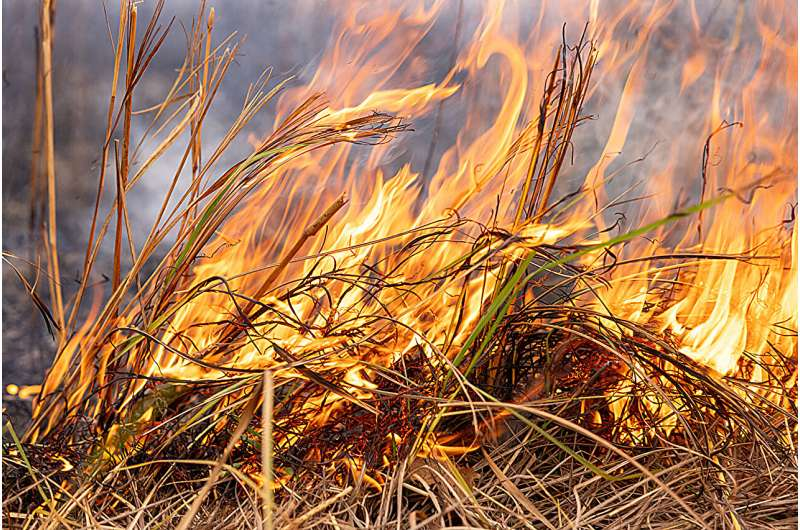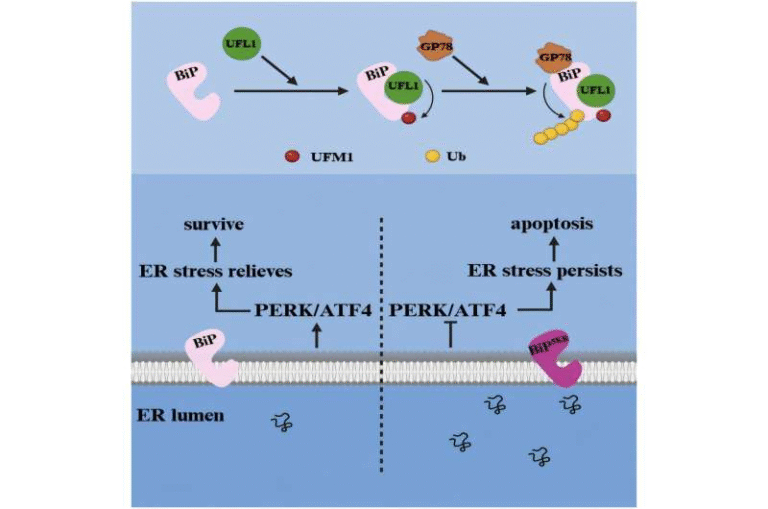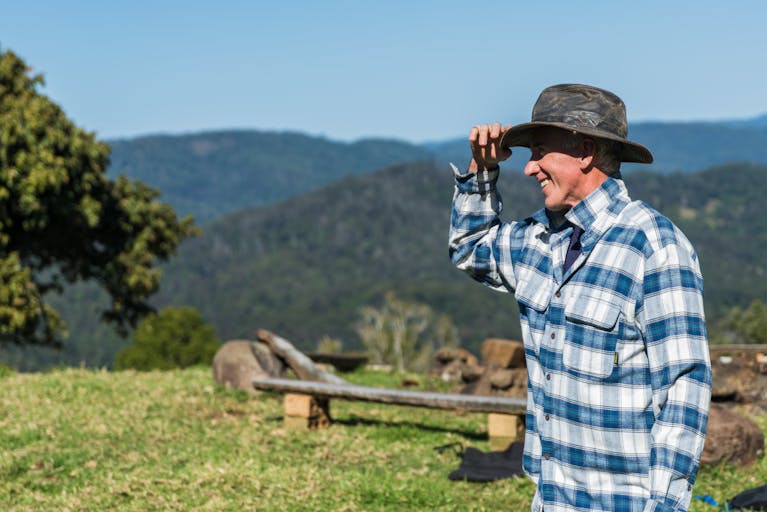Indigenous Fire Sovereignty Is Reviving the Natural Fire Regime on Native Lands

A growing movement among Indigenous scholars and tribes is bringing controlled burning—known as cultural fire—back to landscapes that have long been deprived of it. Recent research led by Melinda Adams, the Langston Hughes Assistant Professor at the University of Kansas, is putting this traditional practice under scientific and cultural scrutiny, linking ecological restoration with Indigenous sovereignty.
Adams’ latest work connects communities across continents—from Australia’s long-unburnt woodlands to the Apache lands of Arizona—under a single concept: Indigenous fire sovereignty. It’s about restoring not just the fire, but the right of Indigenous peoples to manage fire as a cultural and ecological tool.
Reintroducing Fire Where It Belongs
On November 2, 2024, Adams conducted a demonstration of cultural fire at the University of Kansas Field Station near Lawrence. The flames she lit symbolized the return of a practice that once shaped the ecology of vast areas across North America.
This demonstration builds on Adams’ collaborations with the Iowa Tribe of Kansas and Nebraska, based in White Cloud, Kansas, where regular, small-scale cultural burns are being reintroduced to revitalize local ecosystems. For generations, these lands were suppressed from burning under Western fire policies that viewed fire as purely destructive. Now, Indigenous fire practitioners and researchers are proving otherwise.
The idea is simple yet profound: fire, when managed correctly, creates balance. It reduces dangerous fuel buildup, restores plant diversity, and maintains open forest and grassland ecosystems. Indigenous peoples used fire not as a hazard but as a land-tending tool, guiding plant growth, wildlife movement, and soil health.
The Science Behind Indigenous Fire Stewardship
Adams’ work is part of two major scientific papers that highlight how traditional fire practices shaped ecosystems for centuries.
The first is a collaborative study titled “Tree Rings Reveal Persistent Western Apache (Ndee) Fire Stewardship and Niche Construction in the American Southwest”, published in the Proceedings of the National Academy of Sciences (PNAS). Led by Christopher I. Roos of Southern Methodist University, this research examined nearly 650 sets of tree rings from sites inside and outside the San Carlos Apache Reservation in Arizona.
The team discovered that trees within Apache lands bore evidence of regular, intentional burns—what scientists now call cultural fires—while trees outside the reservation did not show the same pattern after the establishment of reservations.
The rings revealed something remarkable: the Apache fire regime was independent of natural wildfire patterns. Instead of being dictated by lightning or drought, the fire history aligned with human stewardship. This means that Indigenous people were not merely reacting to wildfires; they were actively creating and maintaining ecological niches through controlled burning.
The finding challenges decades of ecological assumptions. Many fire historians believed that tree ring records represented naturally occurring wildfires. However, this research shows that those patterns often reflected Indigenous land management, carefully timed and repeated across generations.
Adams calls this study “seminal” because it changes how scientists interpret the ecological record. The fire scars left in those trees are now recognized as evidence of deliberate Indigenous action—a fingerprint of human care on the landscape.
Global Connections and Collaborative Research
Adams’ second major publication, “Indigenous Fire Stewardship to Revitalize Disrupted Ecosystems”, appeared in Global Change Biology and was led by Jonathan W. Long, a retired ecologist with the U.S. Forest Service. This article analyzes ongoing efforts to use Indigenous fire knowledge to restore ecosystems worldwide.
The paper also discusses work by Elle J. Bowd of the Australian National University, whose study, “Plant Responses to a Re-emergence of Cultural Burning in Long-Unburnt, Threatened Temperate Woodlands,” examined how reintroducing cultural burns impacts plant regrowth in Australia.
Adams sees Bowd’s findings as parallel to her own. Both show that ecosystems deprived of regular burning—so-called “fire-deficient” landscapes—suffer ecological decline. When traditional burns are reintroduced, biodiversity rises, and balance returns.
But just as important as the ecological outcomes is the method of research itself. Both studies were co-developed with Indigenous communities. They were not about scientists studying tribes from a distance, but about tribes leading and shaping the science. Adams, herself an enrolled member of a Western Apache tribe, stresses that ethical collaboration is essential—research should be co-produced and tribe-approved.
For instance, the Apache tribe granted explicit permission for researchers to reexamine the dendrochronology (tree-ring) data used in the PNAS paper. That collaboration model marks a shift toward more responsible, decolonized science.
What Indigenous Fire Sovereignty Really Means
Indigenous fire sovereignty is not just about lighting fires. It’s about reclaiming authority—the right to decide when, where, and how fire is used on traditional lands. It combines ecological restoration with cultural renewal.
For centuries, colonial governments banned cultural burning, replacing it with fire-suppression policies that aimed to eliminate all fires. This created dense forests overloaded with fuel, setting the stage for today’s catastrophic wildfires.
By contrast, Indigenous fire stewardship emphasizes small, frequent burns that create mosaic landscapes—patchworks of burned and unburned areas that support biodiversity and prevent large-scale disasters. It’s a sustainable, cyclical system, not a reactive one.
Adams’ work, and that of her colleagues like Dr. Nicholas Laluk of the University of California, Berkeley (also an enrolled Western Apache member), shows that Indigenous people have always been scientists in their own right—observing, adapting, and experimenting with fire over millennia.
Today, as climate change fuels longer and hotter fire seasons, modern science is finally catching up to what Indigenous peoples have known for generations: responsible fire use protects the land.
The Broader Ecological Context
Indigenous fire regimes are crucial to maintaining biodiversity. Regular low-intensity burns clear underbrush, open up sunlight for native grasses, and recycle nutrients back into the soil. Many plant species actually depend on fire to reproduce—some seeds germinate only after exposure to heat or smoke.
In North America, these burns helped maintain open pine forests and grasslands where animals like elk, deer, and bison thrived. In Australia, similar practices maintained savannas and reduced the spread of invasive species.
When fire was removed from these systems through colonial bans and suppression, the results were damaging: denser forests, invasive plant growth, and a higher risk of large-scale wildfires.
Now, Indigenous-led programs are proving that bringing fire back under cultural guidance is the key to both ecological health and community resilience.
Looking Forward
The growing recognition of Indigenous fire sovereignty is changing how scientists, governments, and the public think about wildfire management. Instead of fighting every flame, there’s a push to work with fire, learning from communities who have done so for thousands of years.
For researchers like Melinda Adams, this is both a scientific and cultural mission. Her ongoing collaborations—with the Iowa Tribe of Kansas and Nebraska, and with colleagues studying similar practices in Australia—are not just restoring ecosystems. They are restoring relationships between people, fire, and place.
As Adams puts it, this isn’t about returning to the past. It’s about revitalizing an ancient science that can help us live sustainably in the future.
Research References:
- Tree Rings Reveal Persistent Western Apache (Ndee) Fire Stewardship and Niche Construction in the American Southwest, Proceedings of the National Academy of Sciences (2025) — https://www.pnas.org/doi/10.1073/pnas.2509169122
- Indigenous Fire Stewardship to Revitalize Disrupted Ecosystems, Global Change Biology (2025) — https://onlinelibrary.wiley.com/doi/10.1111/gcb.70411





